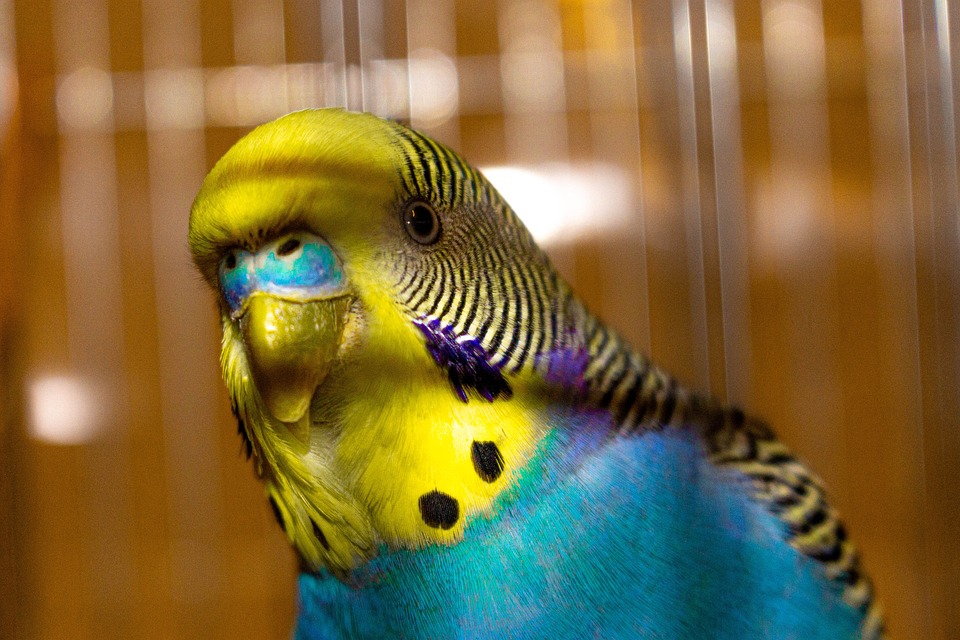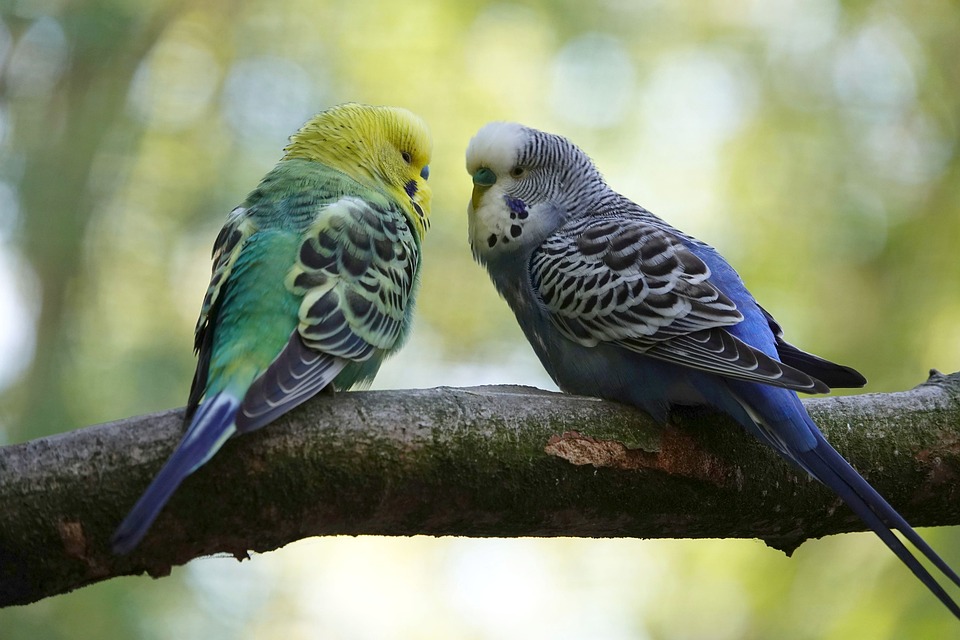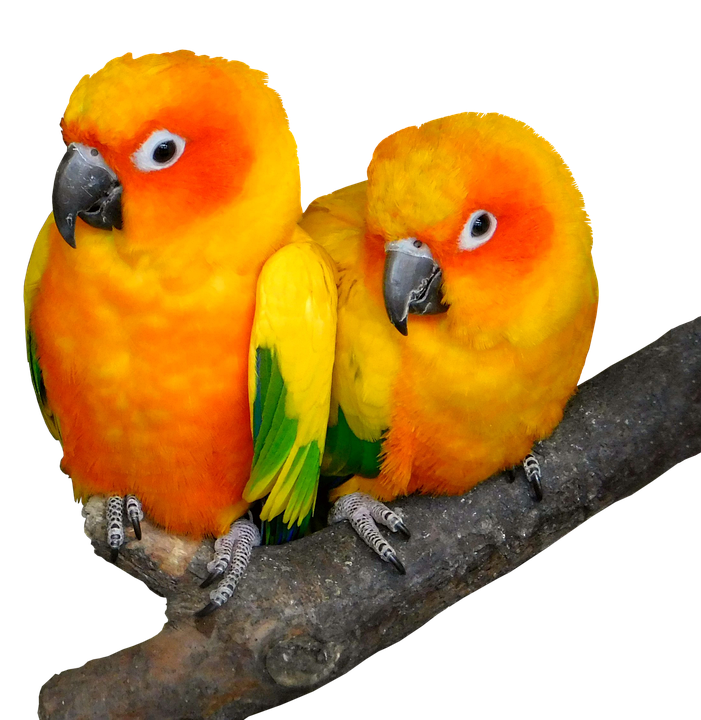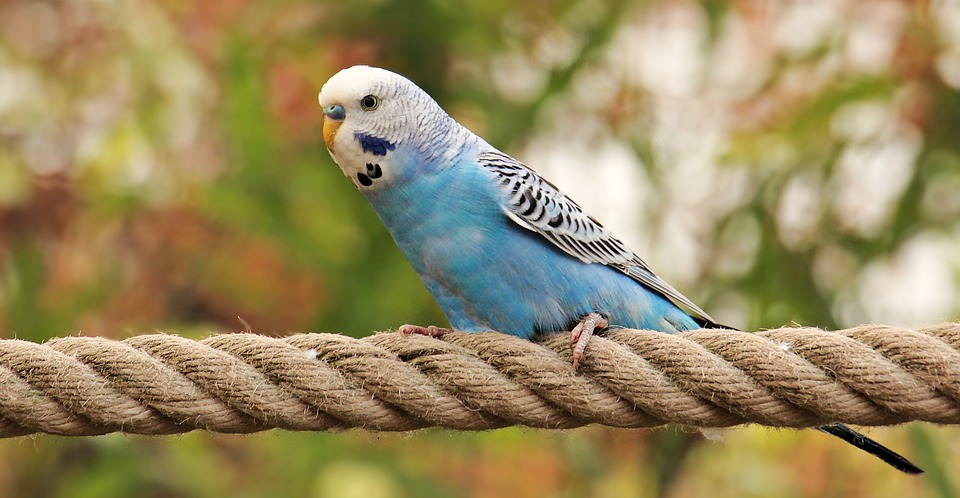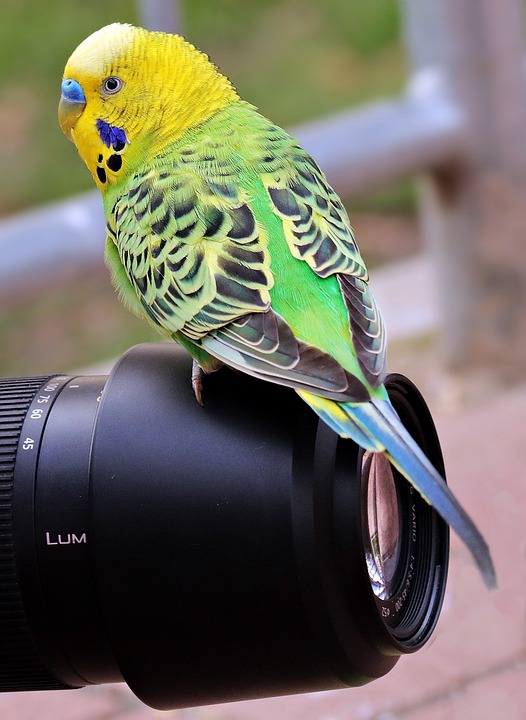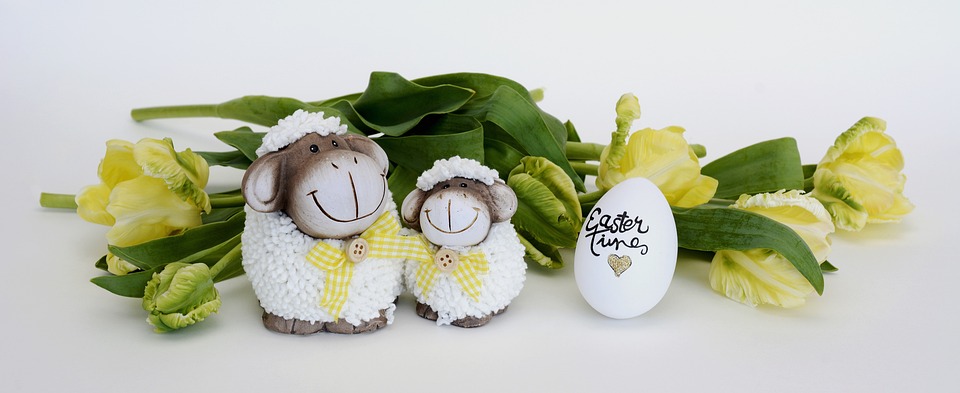*Disclaimer: It is important to consult with a professional avian behaviorist or trainer before implementing any training techniques with your parrot.*
Training perches are essential tools for teaching parrots various behaviors and providing mental stimulation. However, some parrots may develop a fear or reluctance towards certain perches, hindering their training progress. As a parrot owner and enthusiast with a deep understanding of both parrot training and search engine optimization (SEO), I am here to guide you on how to use positive reinforcement to address your parrot’s fear of certain training perches effectively.
Understanding the Importance of Positive Reinforcement in Parrot Training
Positive reinforcement is a proven and humane training method based on rewarding desired behaviors to encourage their repetition. By associating positive experiences with certain actions or objects, parrots can overcome their fears and anxieties. This approach builds trust, strengthens the bond between you and your parrot, and creates a positive learning environment.
Identifying the Fear and Trigger Points
Before addressing your parrot’s fear of certain training perches, it’s crucial to identify the specific triggers causing anxiety. Observe your parrot’s body language and behavior closely to determine when and why they exhibit fear. Common triggers may include the perch’s texture, height, color, or even past negative experiences. Once you have identified the triggers, you can tailor your positive reinforcement training accordingly.
Gradual Desensitization and Counterconditioning
Gradual desensitization is a technique used to reduce fear by gradually exposing your parrot to the feared perch in a controlled and positive manner. Counterconditioning involves associating the once-feared perch with positive experiences. By combining these techniques, you can help your parrot overcome their fear step by step. Here’s how:
1. Start with a distant and non-threatening introduction: Place the feared perch at a distance from your parrot’s cage or play area, allowing them to observe it without feeling threatened. Offer treats or favorite toys nearby to create a positive association.
2. Move closer gradually: Over time, move the perch closer to your parrot’s comfort zone, ensuring they remain relaxed and engaged. Continue offering rewards and praise for calm behavior, gradually increasing the proximity between your parrot and the perch.
3. Encourage voluntary interaction: Once your parrot shows signs of acceptance, allow them to approach the perch voluntarily. Reinforce their bravery and curiosity with treats, gentle praise, and rewards. Avoid forcing your parrot to interact if they are not ready, as it may reinforce fear.
4. Gradually introduce touch and stepping up: Once your parrot feels comfortable perching near the previously feared object, gently introduce touch and encourage them to step onto the perch. Reward any positive response to reinforce the association between the perch and positive experiences.
5. Repeat and reinforce: Consistency is key in parrot training. Repeat the process regularly, gradually increasing the duration of perching and introducing different training activities. Reinforce each successful interaction with the perch to solidify their positive perception.
FAQs (Frequently Asked Questions)
Q: How long will it take for my parrot to overcome their fear of the training perch?
A: Each parrot is unique, and the time required to overcome fear may vary. Patience, consistency, and positive reinforcement are crucial. Some parrots may progress quickly, while others may take more time. Let your parrot set the pace.
Q: Can I use punishment to address my parrot’s fear?
A: Punishment has proven to be ineffective and damaging in parrot training. It can worsen fear and anxiety, leading to trust issues and behavioral problems. Always focus on positive reinforcement techniques to create a safe and enjoyable learning environment.
Q: What if my parrot regresses or shows signs of increased fear during training?
A: Regression is normal, particularly when introducing new challenges or increasing difficulty levels. If your parrot shows signs of increased fear, take a step back and review their comfort level. Adjust the training process accordingly, ensuring they feel secure before progressing further.
Q: Can I use positive reinforcement for other aspects of parrot training?
A: Absolutely! Positive reinforcement is a versatile and effective training method applicable to various aspects of parrot training. From teaching tricks to addressing behavioral issues, incorporating positive reinforcement techniques will yield positive results and strengthen your bond with your parrot.
By using positive reinforcement techniques and understanding your parrot’s fear triggers, you can help them overcome their fear of certain training perches. Remember, patience, consistency, and a positive learning environment are key to successful parrot training. Stay committed, be gentle, and watch your parrot flourish!

